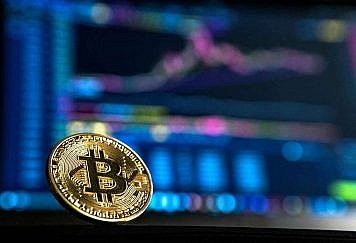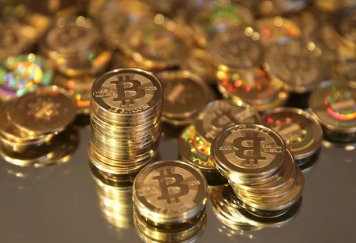In the dynamic world of cryptocurrency trading, market makers and market takers play essential roles. They facilitate smooth functioning and maintain liquidity within the market. Thus, understanding their roles is crucial.
These two groups play essential parts in ensuring trades are conducted and contribute to the liquidity of the market.
In this article, we’ll discuss the roles of market makers and market takers in the crypto industry. We’ll highlight the key differences between them.
Definition and Roles
Who Are Crypto Market Markers?
Crypto market makers are traders or entities that provide liquidity by placing both buy and sell orders on an exchange. These entities continuously place new orders on both sides of the market. This narrows the bid-ask spread and they often profit from the difference.
By placing orders on both sides of the order book and updating them, they ease liquidity and help reduce price volatility.
Who Are Crypto Market Takers?
Crypto market takers are traders who consume liquidity by executing trades based on existing orders in the market. They provide immediacy to the market. They do this by choosing to accept buy or sell orders placed by other market makers.
They are essential for driving market movements. This is particularly critical when executing large orders that can impact prices.
Liquidity Provision
Market makers contribute to the liquidity in the market. They place orders on both sides (buy and sell) to ensure that trading activities continue seamlessly. Their activities create a more liquid market. This allows other traders to enter or exit positions easily.
For instance, let’s assume that there are only two traders in the market, and they both want to buy ETH. With no other traders present, it would be impossible for them to do so without a third-party mediator.
This is where market makers come in. By placing orders on the buy side, they create an opportunity for these two traders to enter into a trade with each other.
Market takers rely on market makers to execute their trades efficiently. By consuming the liquidity provided by market makers, they enable the flow of assets between market participants.
They do not add any liquidity to the crypto market. Rather, they profit from what is already present. This creates a dynamic that can increase volatility and price slippage when there are no orders on the opposite side of their trade.
Spread and Pricing
Market makers profit from the bid-ask spread, which is the difference between the buy and sell prices. They place orders with small differences in price to ensure maximum profits.
The spread depends on the available liquidity and the number of market participants.
Market takers face the spread when executing their trades. The spread impacts their costs. This is because they must pay the difference between the bid and ask prices when they trade.
A wider spread can lead to higher costs for the market taker. This makes it essential to understand the spread dynamics.
Order Execution
The order execution process for market makers is primarily passive.
They wait for counterparties (market takers) to take their placed orders. Market makers play a critical role in reducing latency. They do this by ensuring that orders are executed without delay.
Market takers have the advantage of executing their trades instantly.
They buy existing orders in the market provided by market makers. This provides them with the opportunity to make quick decisions and benefit from short-term price movements.
Risk and Profitability
Market makers face various risks. This includes price fluctuations and the potential for large losses if they are unable to adjust their orders to market changes.
Managing these risks to avoid significant losses is essential for their overall profitability.
Market takers are mainly focused on minimizing costs and maximizing profit in their individual trades. They aim to execute trades at the best available prices and face the risk of adverse market movements impacting their profits.
Market Impact
Market makers aim to minimize market impact by providing liquidity and reducing price volatility.
They do this by placing a large number of limited orders on both the buy and sell sides of the order book. This creates a buffer for price fluctuations.
Market takers can contribute to market movements, especially when executing large orders. Fulfilling a large order at once can cause prices to move significantly.
This would result in higher costs for the market taker.
Incentives and Motivations
Market makers are driven by incentives, such as earning spreads and receiving benefits from exchanges.
By providing liquidity to the market, they can profit from the difference between the bid and ask prices. Some exchanges offer fee reductions or rebates to market makers. This further incentivizes their activity.
Market takers have varying motivations, including specific crypto trading strategies and profit goals.
Traders may act as market takers. They do this to capitalize on market opportunities or to exit existing positions. This is influenced by external factors like news or announcements.
Market Structure
The presence of market makers can affect the market structure and trading environment.
Providing liquidity and reducing price volatility creates a stable and efficient market free of extreme fluctuations. This can benefit all participants.
Market takers rely on the presence of market makers for efficient trade execution.
Without market makers, liquidity would decrease, and spreads would widen. This would make it difficult for market takers to execute trades at favorable prices.
Follow TechStrange for more Technology, Business, and Digital Marketing News.





